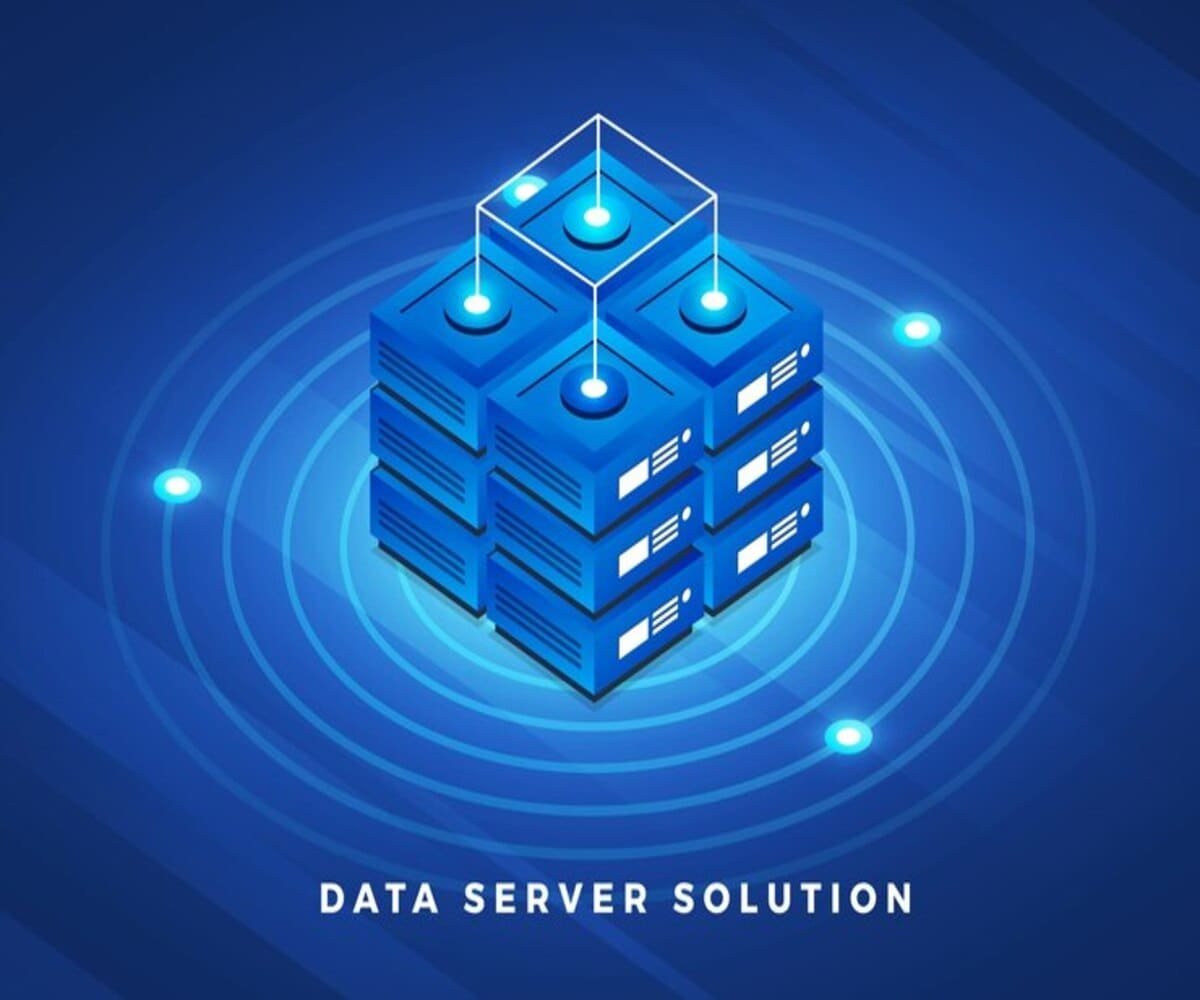Introduction to NoSQL Databases
As data continues to grow in volume, variety, and velocity, traditional relational databases (SQL) face challenges in scalability and flexibility. NoSQL (Not Only SQL) databases provide an alternative approach, offering schema-less data storage, high scalability, and support for diverse data models. They are widely used in big data applications, real-time web apps, and cloud computing.
What are NoSQL Databases?
NoSQL databases are non-relational databases designed for flexible and high-performance data management. Unlike traditional relational databases, NoSQL databases do not rely on fixed schemas and support horizontal scaling across distributed clusters.
Key Features of NoSQL Databases
- Schema Flexibility: Allows dynamic and schema-less data storage.
- Scalability: Designed for horizontal scaling, distributing data across multiple nodes.
- High Availability: Ensures fault tolerance with data replication.
- Variety of Data Models: Supports key-value, document, column-family, and graph databases.
- Optimized for Big Data & Real-Time Processing: Handles large volumes of unstructured and semi-structured data.
Types of NoSQL Databases
NoSQL databases are categorized based on their data storage models:
1. Key-Value Stores
- Store data as a collection of key-value pairs.
- Optimized for fast lookups and caching.
- Examples: Redis, DynamoDB, Riak
2. Document-Oriented Databases
- Store data as flexible JSON-like documents.
- Ideal for applications requiring complex, hierarchical data structures.
- Examples: MongoDB, CouchDB, Firebase Firestore
3. Column-Family Stores
- Organize data in column families instead of rows and tables.
- Suitable for large-scale, distributed storage.
- Examples: Apache Cassandra, HBase, ScyllaDB
4. Graph Databases
- Designed for managing highly interconnected data using nodes and edges.
- Useful in social networks, recommendation systems, and fraud detection.
- Examples: Neo4j, ArangoDB, Amazon Neptune
How NoSQL Works
Step 1: Data Ingestion
- Data is stored in a schema-less format based on the selected NoSQL model.
Step 2: Data Distribution
- NoSQL databases use partitioning and replication to distribute data across multiple servers.
Step 3: Query Processing
- Queries are executed using APIs, proprietary query languages, or JSON-like queries.
Step 4: Data Consistency & Availability
- Uses techniques like eventual consistency, strong consistency, or CAP theorem-based trade-offs.
Advantages of NoSQL Databases
- Flexibility: Allows storing diverse data types without predefined schemas.
- Scalability: Easily scales horizontally for handling big data workloads.
- Performance: Optimized for high-speed data access and distributed computing.
- Fault Tolerance: Ensures high availability through replication and sharding.
Use Cases of NoSQL Databases
1. Big Data & Analytics
- Used for storing and processing large datasets in real time.
2. Content Management Systems (CMS)
- Enables flexible and dynamic content storage.
3. IoT & Sensor Data Processing
- Handles high-velocity data from connected devices.
4. E-Commerce & Personalization
- Stores user preferences and product recommendations efficiently.
5. Social Media & Messaging Platforms
- Manages large volumes of unstructured and relationship-based data.
Challenges & Limitations of NoSQL Databases
- Lack of Standardization: Different databases use unique query languages and architectures.
- Limited ACID Compliance: Some NoSQL databases sacrifice consistency for availability and performance.
- Data Migration Complexity: Moving from SQL to NoSQL requires data transformation.
Conclusion
NoSQL databases provide a scalable and flexible alternative to traditional relational databases, making them ideal for big data applications, cloud computing, and real-time analytics. While they come with challenges like standardization and ACID compliance, their advantages in scalability and performance make them essential in modern data-driven applications.

